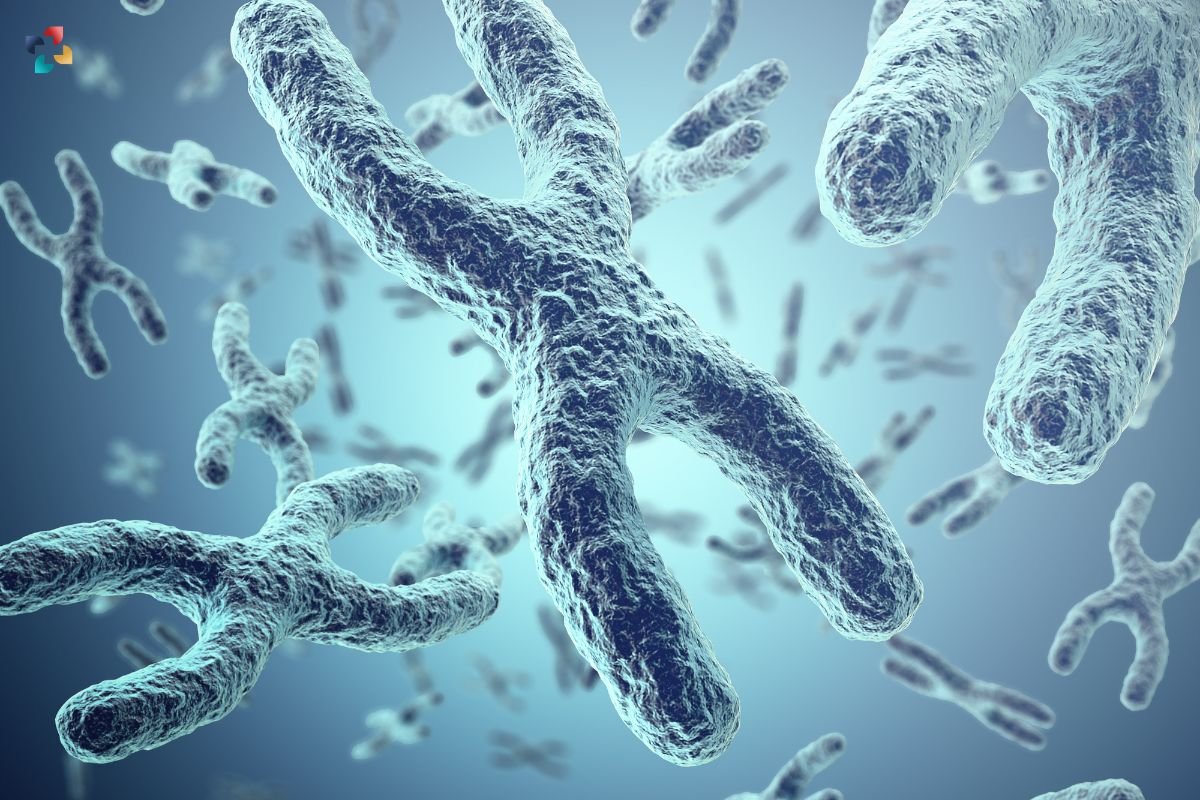Cardiovascular diseases are increasing day by day due to our lifestyle these days. Each one of us needs a small to medium-sized workout regime to sweat it out. Sweating due to physical exertion is a win-win situation and good for the heart. It keeps the functioning smoother and efficient. Our genes have authority over every component of the cardiovascular system. It monitors the strength of the blood vessels and also supervises how the cells in the heart communicate with each other. A genetic variation in a single gene can make an impact on the possibility of developing a heart disease.
If a family member is diagnosed with any cardiac ailment, the rest of the family is also recommended to be tested for any heart-related issues. As the genes pass on these conditions from one generation to another, it is better to be tested and safe. If found in any family member, early treatment is the best cure for cardiac ailments. The early-stage diagnoses save lives, hence screening is vital for the whole family to be doubly sure.
The types of inherited cardiovascular disease are as follows:
- Cardiomyopathy
- Heart arrhythmias
- Cardiac tumors
- Heart valve disease
- High cholesterol
- Pulmonary hypertension
- Autoimmune disease

Role of Gene Silencing:
Gene silencing is a relatively new treatment technique for cardiovascular diseases. It uses your body’s natural processes to control the disease by suppressing or silencing specific genes that are associated with certain diseases. It means blocking a message from a gene that will cause an unwanted effect on the person’s heart, and cause cardiac issues. The blockage is temporary to not allow the trigger of the gene’s message. It is a fast-moving area of research. It has the potential to provide highly targeted treatments for specific heritable diseases as a potential lifelong treatment and has already been approved for some conditions.
- Mechanism of RNAi and Antisense:
The expression of genes can be affected by siRNA capturing and finally cleaving complementary mRNA. RNAi is a multipart road that can be divided into two different phases: the initiation phase and the effector phase. SiRNA duplexes regulatory molecules with about 21-23 nt are processed in the initiation step by cutting long dsRNA by RNase III which is called Dicer. The cut part of it contains a 5’-phosphate and a 3’-hydroxy group as well as 2 nt 3’-overhangs.
- Stabilization of siRNA and its delivery agents:
To overcome the deterioration of free and naked siRNA in vivo and in vitro there is the need for stabilizing the nucleic acid. The endo and exonucleases which are present in blood, serum, and alive cells minimize the half-lived. Many efforts have taken place in the chemical sector in the last 10 years to conserve the siRNA from nuclease degradation. Maintaining gene-silencing activity is an important issue when modifying synthetic siRNA. The use of peptide transduction is another way to improve the durability and transfection rate. Eguchi et al. revealed in their research that cationic PTDs neutralize the negative charge of nucleic acids by specific binding on the backbone of dsRNA.
- Liposomes and lipids:
The charge of liposomes plays an important role in tissue distribution. Neutral liposomes are preferred for in vivo transfection and are often used in tumor biology. Therefore, siRNA is incorporated into neutral 1,2-dioleoyl-sn-glycero-3- phosphatidylcholine (DOPC) liposomes and used efficiently in silencing genes involved in the cancer-causing agents. These results were acknowledged by the study about liposome-incorporated protease-activated receptors.
Discovery of RNAi:
The complete plant genome sequences have brought new dimensions in genetic modification to improve plant features. Scientists believed that they could produce any gene products by just introducing imported genes into plants, which was not always the case. Plant biologists found out that bringing in multiple copies of a gene that codes for purple petunia flowers led, not as expected to a deeper purple hue. Via an unknown mechanism, the introduced transgenes were silenced as well as the plant’s purple-flower gene. In another research, gene silencing was also observed when plants were infected with RNA viruses engineered to contain fragments of the plant gene.
In addition to its roles in regulating gene expression, RNAi is used as an immune response to infection and as a natural defense mechanism against molecular parasites such as jumping genes and viral genetic elements that affect genome stability.
How does RNAi work?
- The entry of long double-stranded RNA, such as an introduced transgene, a rogue genetic element, or a viral intruder, triggers the RNAi pathways of cells. This results in the recruitment of the enzyme Dicer.
- Dicer splits the dsRNA into short, 20-25 base pairs long, fragments called small interfering RNA (siRNA).
- An RNA-induced silencing complex (RISC) distinguishes between the two siRNA strands as either sense or antisense. The sense strands are degraded.
- The antisense strands on the other hand are incorporated into the RISC. These are used as guides to target messenger RNAs in a sequence-specific manner.
- Messenger RNAs which codes for amino acids, are cleaved by RISC. The activated RISC can repeatedly participate in mRNA degradation, inhibiting protein synthesis.
Gene Silencing Therapeutics in Cardiology:
Oligonucleotide therapeutics, with ASOs and siRNAs representing the most prominent gene-silencing technologies, have emerged as a new generation of precision medicines for an increasing number of diseases with high unmet medical needs, including cardiovascular diseases. However, unmodified oligonucleotides lack drug-like properties, and decades were spent optimizing their chemistry and developing advanced drug delivery systems that were required for these molecules to become drugs.

These therapeutics are rapidly degraded and eliminated without the chemical modifications that assure stability and mediate delivery to the intended tissue. Ubiquitous nucleases hydrolyze the bond between phosphodiester groups in DNA/RNA and the sugar moiety of each base, thus degrading nucleic acids. A phosphorothioate modification safeguards the phosphodiester bond in ASOs and siRNAs against enzymatic hydrolysis and improves the delivery of ASOs by increasing hydrophobicity and improving protein binding. Formation of ASO-protein complexes increases the ASO half-life in circulation and reduces urinary excretion to facilitate distribution to the liver, spleen, and kidney.
Applications of gene silencing:
Gene silencing can occur through various mechanisms, including epigenetic modifications, RNA Interference (RNAi), and Antisense Oligonucleotides (ASOs). Epigenetic modifications, such as DNA methylation and histone modification, can affect the accessibility of the DNA to transcription factors, thereby silencing gene expression.
Here are some applications of gene silencing:
- Gene silencing has potential applications in various fields, including medicine, biotechnology, and agriculture. In medicine, gene silencing can be used to treat diseases caused by the over-expression of a particular gene, such as cancer and genetic disorders. By silencing these genes, the growth of cancer cells can be inhibited, which leads to the lapse of tumors.
- In biotechnology, it can be used to improve the production of proteins in recombinant protein expression systems. By silencing genes that interfere with the production of a particular protein, the yield of the protein can be increased.
- In the agriculture field, gene silencing can be used to better the quality of crop yield. Eg. RNAi-based technologies are being developed to silence genes that are responsible for the production of toxins in crops, such as maize and cassava. By silencing these genes, the crops can become more resistant to bugs and pathogens, leading to higher yields and better quality.
Conclusion
Gene silencing is important in many aspects and improves the quality of elements wherein it is used. The mechanism of gene silencing can occur through various mechanisms, including epigenetic modifications, RNAi, and ASOs. Significant progress has been made in developing RNAi-based therapies and Antisense Oligonucleotides (ASOs) for the treatment of diseases caused by the over-participation of a particular gene. It is also being explored as a tool for improving the production of proteins in recombinant protein expression systems.






